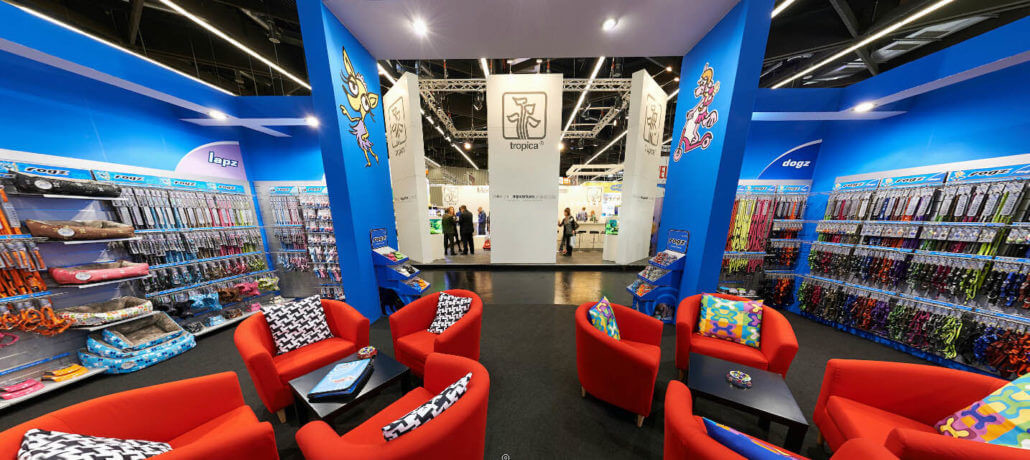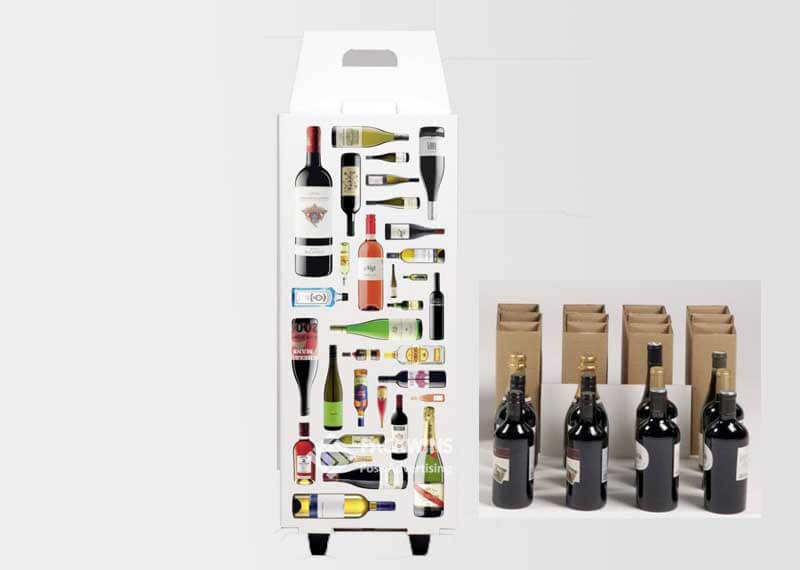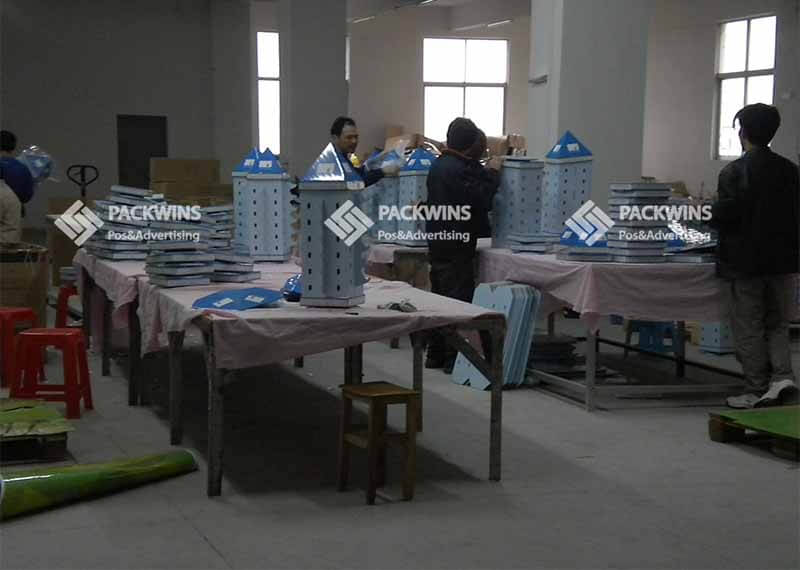Top 5 Cardboard Display Styles Every Brand Should Know
Top 5 Cardboard Display Styles Every Brand Should Know
Cardboard displays have become one of the most versatile and effective marketing tools in retail. They offer a perfect blend of cost-effectiveness, eco-friendliness, and customizability, making them a popular choice for brands across various industries. Whether you’re launching a new product, running a promotion, or simply looking to boost in-store visibility, choosing the right style of cardboard display can make all the difference.
In this post, we’ll explore the top 5 cardboard display styles that every brand should know. Each style has its unique strengths and can be used in different retail settings to achieve maximum impact. We’ll dive into how each style works, the best use cases, and tips on how to make the most out of your display.
1. Floor Displays
Floor displays are one of the most popular types of retail cardboard displays, known for their high visibility and large surface area. These displays stand on the floor, often near high-traffic areas like store entrances, aisles, or checkout counters. They’re designed to capture attention from a distance, making them ideal for products that need to be seen and accessed by a large number of customers.
Why It Works:
- High Visibility: Floor displays are large and easy to spot, even from across the store. They create a focal point that attracts foot traffic.
- Product Accessibility: Products placed on floor displays are often within easy reach, encouraging customers to pick them up and engage with them.
- Flexibility: Floor displays can accommodate a wide variety of products, from boxed items to small, loose products like snacks or beauty products.
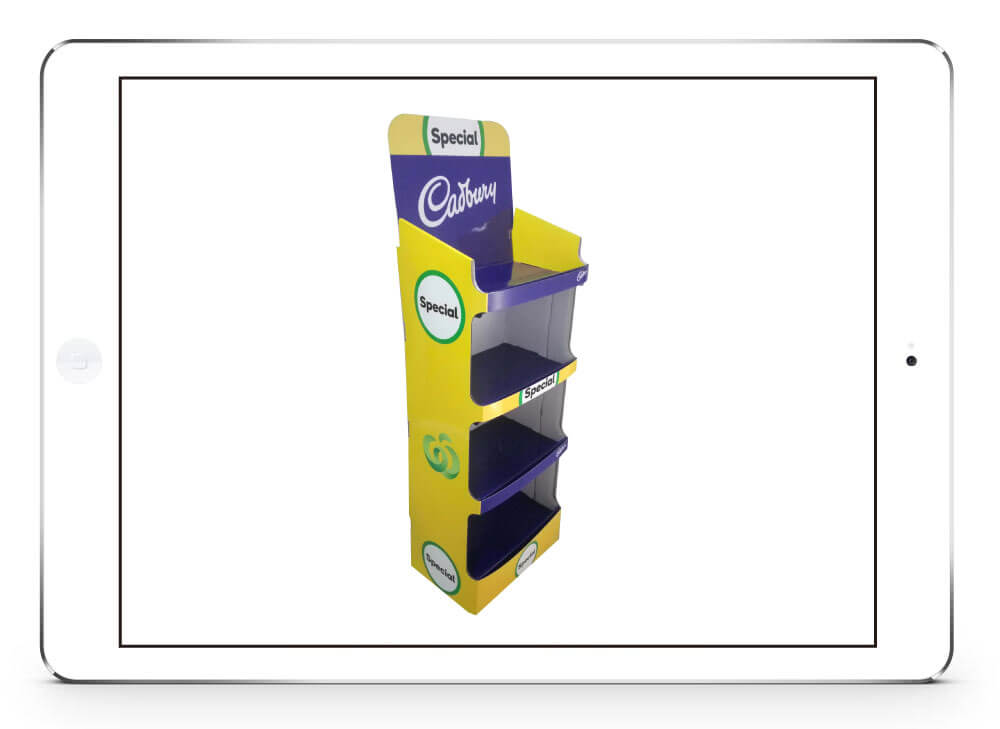
Best Use Cases:
- Product Launches: When introducing a new product, floor displays are a great way to generate buzz and draw attention.
- Seasonal Promotions: These displays are ideal for promoting seasonal items like holiday decorations, summer products, or limited-time offers.
- Impulse Buys: Floor displays work well for showcasing products that customers may purchase on a whim, such as snacks, drinks, or gadgets.
Tips for Maximizing Effectiveness:
- Strategic Placement: Position your floor display in high-traffic areas where customers naturally pass by. The entrance, end caps, and near registers are excellent locations.
- Clear Messaging: Make sure your signage is bold and clear. Highlight the promotion or product features that will attract customers’ attention.
- Eye-Level Positioning: Ensure your best-sellers or most attractive products are placed at eye level to catch the shopper’s attention.
2. Counter Displays
Counter displays are small, compact displays designed to sit on checkout counters, cash registers, or service desks. Despite their small size, counter displays are highly effective at capturing attention in a retail setting. They offer a last-minute opportunity for customers to make a purchase as they approach the register to complete their transaction.
Why It Works:
- Impulsive Purchases: Counter displays are ideal for products that customers might buy on impulse, such as travel-sized items, snacks, or accessories.
- Maximizes Small Spaces: These displays are perfect for areas with limited space, like the checkout counter or small kiosks.
- Effective for Upselling: Counter displays allow you to place complementary or add-on products near the point of purchase, encouraging customers to add more items to their carts.
Best Use Cases:
- Cross-Selling and Upselling: Counter displays are ideal for showcasing complementary products, like a travel pillow next to a suitcase, or snacks near a beverage section.
- Last-Minute Offers: Use counter displays to promote special offers, discounts, or limited-time products that customers can quickly grab as they finish their shopping.
- Convenient Purchases: Products that don’t require much thought or consideration, like gum, mints, or phone chargers, are perfect for counter displays.
Tips for Maximizing Effectiveness:
- Compact and Tidy: Since counter space is limited, keep the display neat and organized to avoid overwhelming customers.
- Appealing Design: Use bright, engaging graphics to attract attention. Ensure your branding and messaging stand out clearly.
- Frequent Replenishment: Regularly replenish the display to ensure products don’t run out and to keep the display looking fresh.
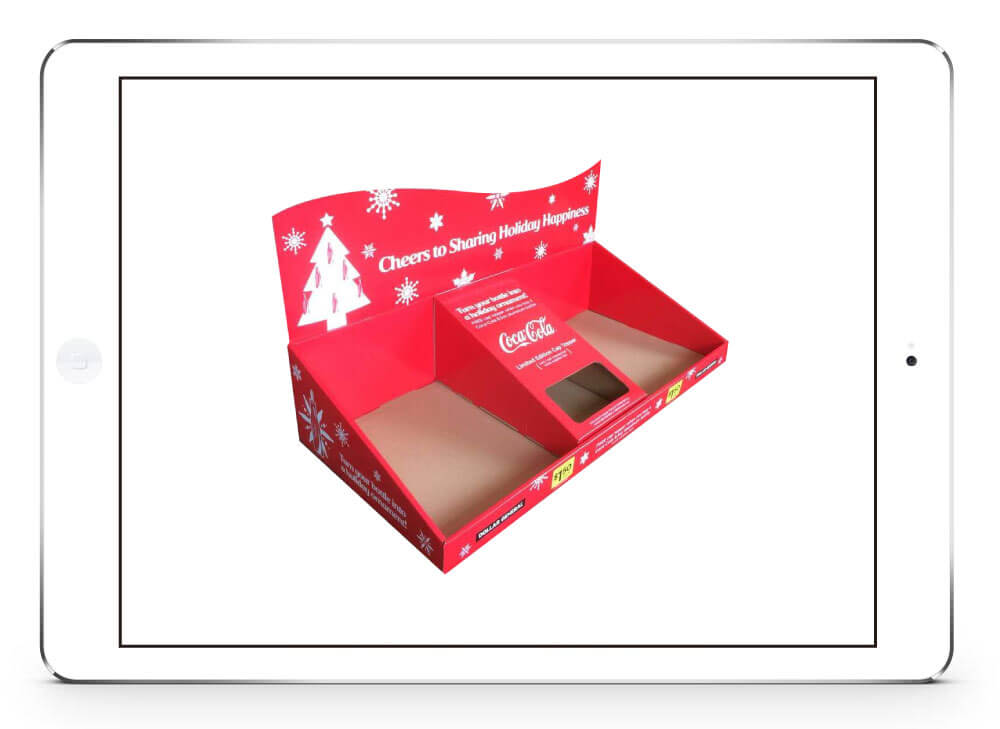
3. Pallet Displays
Pallet displays are large, freestanding displays made from cardboard that sit directly on the sales floor. Often used for bulk items or large quantities of products, pallet displays can showcase a wide array of products, ranging from packaged food to toiletries, electronics, and more. These displays are designed to hold multiple products and can be used for large-scale promotions or seasonal sales.
Why It Works:
- Maximizes Storage: Pallet displays are great for holding large quantities of products, allowing you to showcase a wide range of items in one area.
- Efficient for Bulk Sales: They’re especially effective for promoting high-volume, low-cost products, such as snacks, drinks, and household essentials.
- Eye-Catching Design: A well-designed pallet display can create a dramatic visual impact, particularly when paired with bold colors, large signage, and striking graphics.
Best Use Cases:
- Clearance and Bulk Sales: If you need to move large quantities of products quickly, pallet displays are ideal for discounting items or offering bulk deals.
- Seasonal Campaigns: Use pallet displays for seasonal sales, such as summer promotions, holiday shopping, or back-to-school items.
- High-Volume Products: Perfect for items with high turnover rates, such as beverages, packaged snacks, or cleaning products.
Tips for Maximizing Effectiveness:
- Standout Branding: Since pallet displays are often located in high-traffic areas, make sure your branding is bold and eye-catching to attract attention.
- Use Attractive Signage: Clear, readable signage that emphasizes the promotion or discount will help draw in customers looking for a deal.
- Keep it Stocked: Pallet displays need regular replenishment to maintain their impact and prevent them from appearing empty or unorganized.
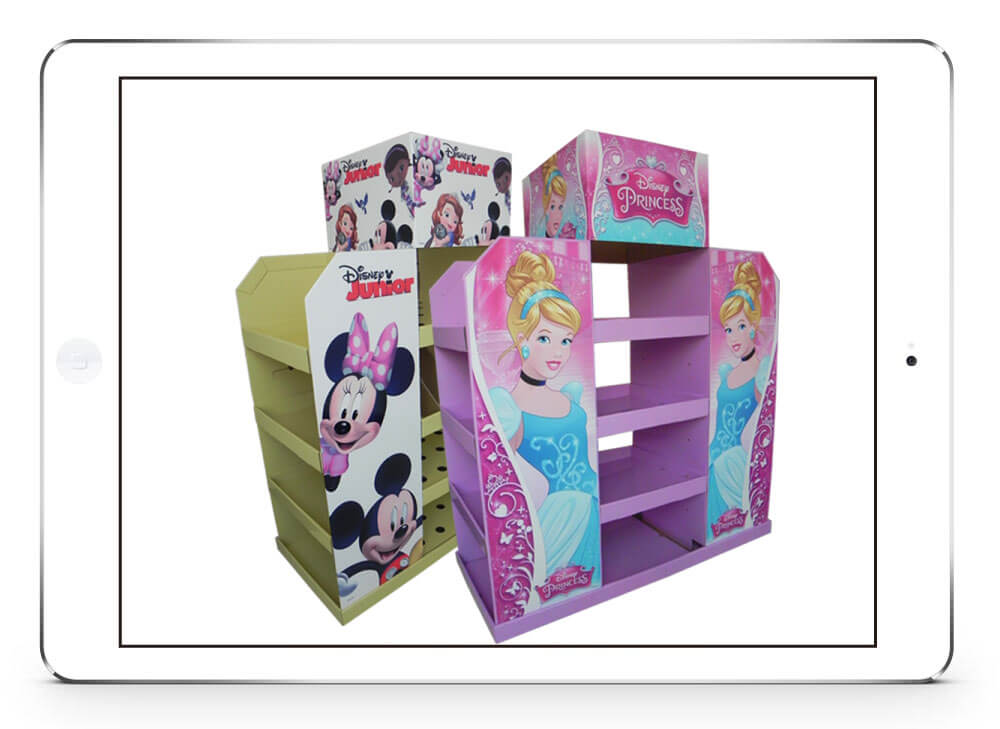
4. End Cap Displays
End cap displays are placed at the end of aisles and are some of the most effective retail displays in terms of visibility. These displays are highly strategic, as they are located in prime areas where shoppers are likely to browse while walking down the aisles. End caps are often used to highlight promotional items, new products, or seasonal offerings.
Why It Works:
- High Visibility: End caps offer prime real estate in retail stores, making them one of the most effective places to showcase products. Shoppers walking down aisles are naturally drawn to these displays.
- Targeted Promotions: End caps are perfect for seasonal, thematic, or clearance sales. They allow you to highlight specific product lines or promotions.
- Easy to Update: End cap displays can be easily changed out to reflect different products, themes, or promotions throughout the year.
Best Use Cases:
- Seasonal Promotions: End caps are excellent for promoting holiday-themed items, back-to-school gear, or seasonal specials.
- Limited-Time Offers: Use end caps for flash sales or special discounts that create a sense of urgency.
- Product Spotlights: Highlight new product releases, bestsellers, or exclusive items that you want to stand out.
Tips for Maximizing Effectiveness:
- Bold Graphics: Use striking visuals and large signage to make your display noticeable and attract attention from a distance.
- Keep it Fresh: Regularly update your end cap displays to reflect new promotions or product lines.
- Optimize for Flow: Ensure the display complements the natural flow of the aisle, and doesn’t obstruct customers’ movement or visibility of other products.
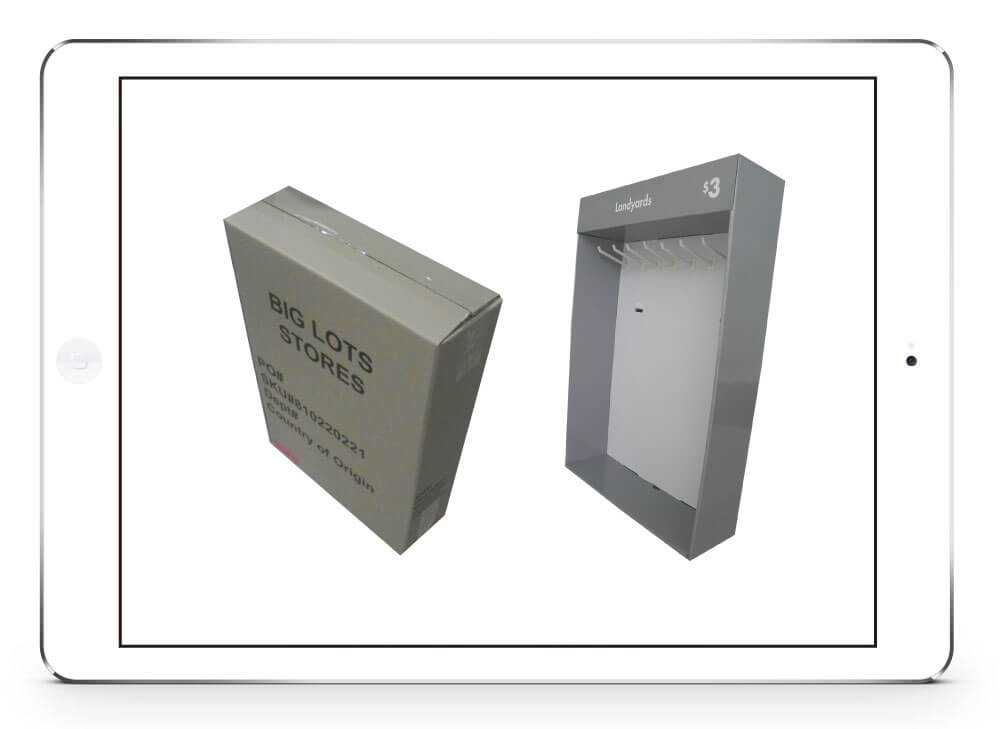
5. Free-Standing Displays
Free-standing displays are versatile and customizable structures that stand on their own without being attached to walls, shelves, or other fixtures. These displays can be used for a wide range of products, from small items like cosmetics to larger products like footwear or electronics. Free-standing displays offer flexibility in design and positioning, allowing brands to place them in various locations around the store. Try locally when you have rush order like Display2Go.
Why It Works:
- Versatility: Free-standing displays can be used for virtually any type of product, making them adaptable for different retail needs.
- Customizability: These displays are often highly customizable, with the ability to incorporate unique shapes, sizes, and design elements that align with your brand’s aesthetic.
- Flexibility: Free-standing displays can be easily moved and placed in different areas of the store to keep the retail environment fresh and dynamic.
Best Use Cases:
- Showcasing a Product Line: Use free-standing displays to showcase a full product range or a new collection.
- In-Store Promotions: Free-standing displays work well for highlighting limited-time offers, seasonal products, or exclusive collections.
- Branding: These displays can be designed to reinforce your brand’s messaging and identity, serving as a mini billboard within the store.
Tips for Maximizing Effectiveness:
- Dynamic Design: Make sure your free-standing display is visually dynamic and stands out with bold colors, graphics, and clear messaging.
- Repositioning: Consider moving the display around the store to ensure maximum visibility and relevance.
- Strengthen Brand Identity: Use your display to tell your brand’s story and communicate its values. Include clear branding and messaging to engage customers.
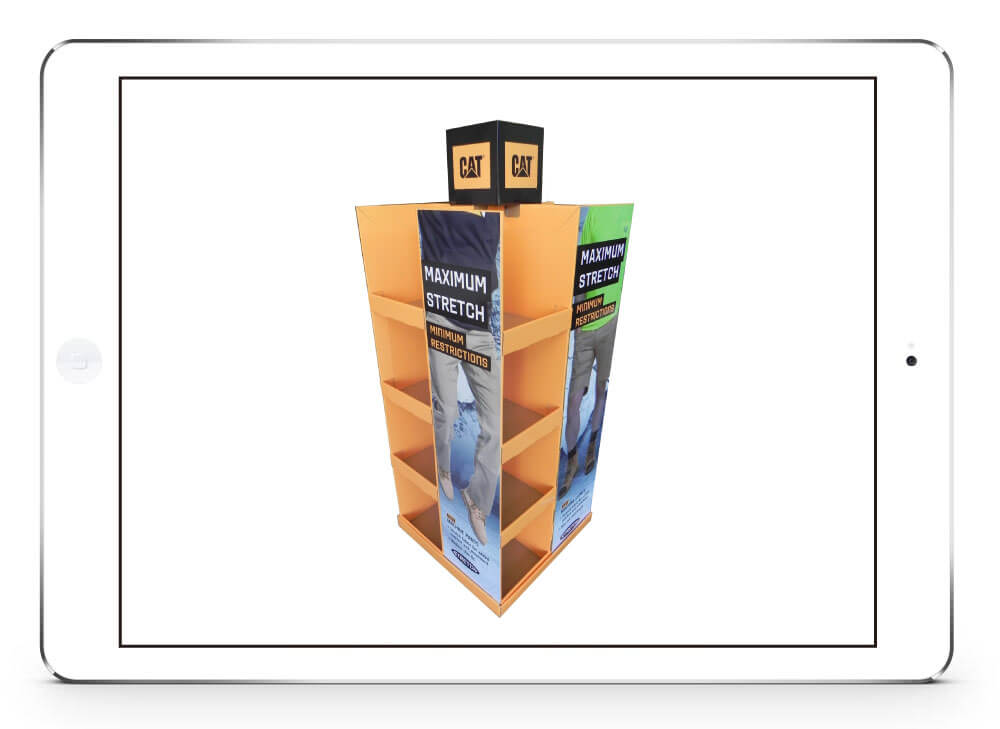
Conclusion
Choosing the right type of cardboard display for your products is essential for maximizing in-store visibility and driving sales. Whether you’re using floor displays for high traffic, counter displays for impulse buys, or pallet displays for bulk promotions, each style offers unique benefits that can help you achieve your marketing goals. By understanding the different display types and their ideal use cases, you can create a retail strategy that stands out and resonates with customers.
At Packwins, we specialize in designing custom cardboard displays that fit your brand’s needs. If you’re looking to enhance your retail presence and drive results,





